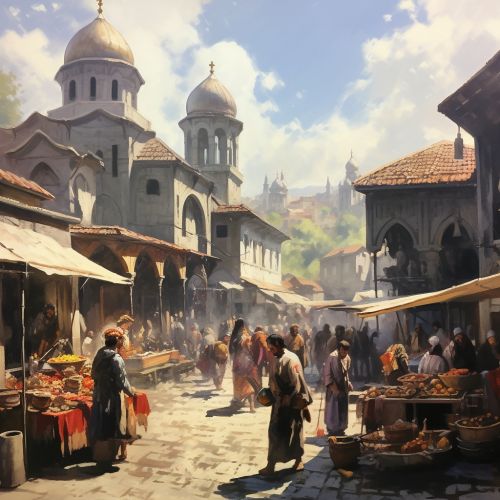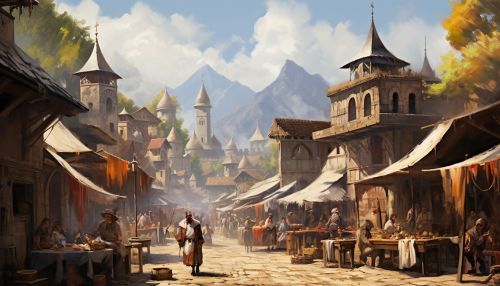Armenia
Geography
Armenia is a landlocked country located in the South Caucasus region of Eurasia. It is situated in the north-eastern part of the Armenian Highlands, bordered by Turkey to the west, Georgia to the north, Azerbaijan to the east, and Iran to the south. The country covers an area of approximately 29,743 square kilometers, making it the second smallest of the former Soviet republics.
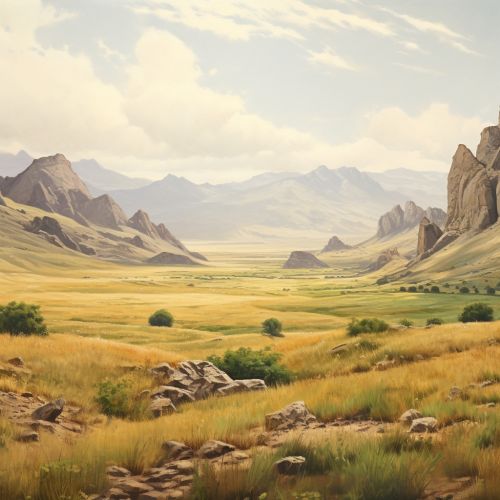
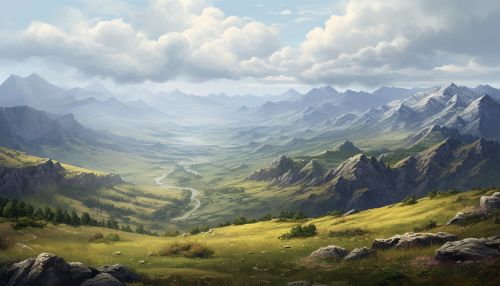
Armenia is characterized by a highland continental climate, with hot summers and cold winters. The terrain is mostly mountainous, with fast flowing rivers and few forests. The land rises to 4,090 meters above sea-level at Mount Aragats, and no point is below 390 meters above sea level.
History
The history of Armenia covers the topics related to the history of the Republic of Armenia, as well as the Armenian people, the Armenian language, and the regions historically and geographically considered Armenian.
Armenia lies in the highlands surrounding the Biblical mountains of Ararat, upon which, as per the book of Genesis, Noah's Ark is said to have come to rest after the flood. In the Bronze Age, several states flourished in the area of Greater Armenia, including the Hittite Empire (at the height of its power), Mitanni (South-Western historical Armenia), and Hayasa-Azzi (1500–1200 BC).
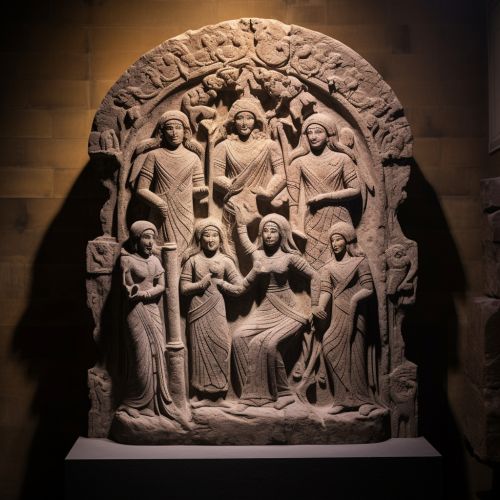
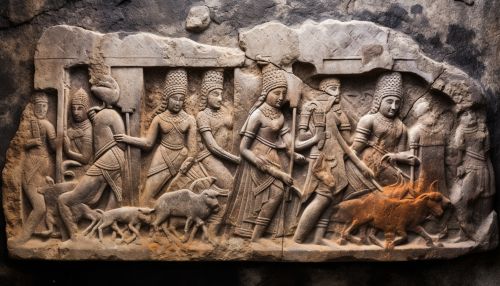
Culture
Armenian culture is a rich amalgamation of elements that have been borrowed from neighboring countries and elements that are indigenous to the Armenian people. The country's culture is strongly influenced by the Armenian Apostolic Church, which has played a significant role in the history of the Armenian people.
Armenian literature dates back to 400 AD, when Mesrop Mashtots first invented the Armenian alphabet. This event ushered in a new era of Armenian literature, which flourished in the Middle Ages. Armenian music, too, has a long history, with traditional Armenian folk music being composed by the likes of Komitas, a priest and musicologist in the late 19th and early 20th centuries.
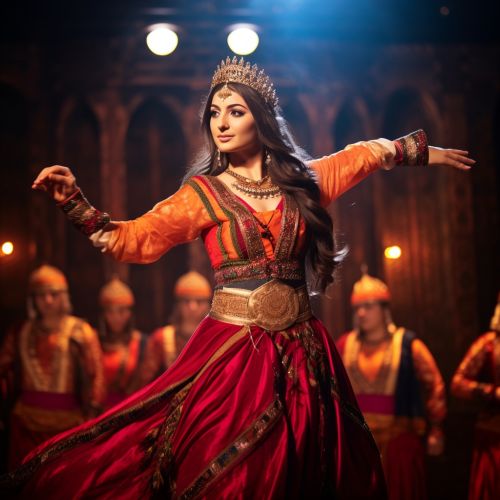

Economy
Armenia's economy is ranked 81st in the world, with a nominal gross domestic product (GDP) of approximately $13.67 billion. The country's economy suffered severely in the early 1990s, when a trade blockade imposed by Azerbaijan and Turkey caused a severe economic crisis. However, the government managed to carry out wide-ranging economic reforms that paid off in dramatically lower inflation and steady growth.
The economy relies heavily on investment and support from Armenians abroad. The government has made improvements in business law in order to try to attract foreign investment. Despite this, unemployment remains a serious problem due to the influx of thousands of refugees from the conflict with Azerbaijan over Nagorno-Karabakh.
